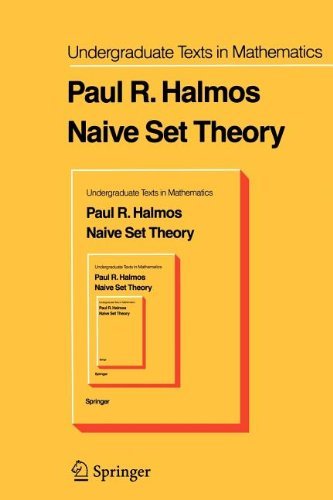What do you think?
Rate this book


111 pages, Kindle Edition
First published January 1, 1960
“The concept of an ordered pair could have been introduced as an additional primitive, axiomatically endowed with just the right properties, no more and no less. In some theories this is done. The mathematician’s choice is between having to remember a few more axioms and having to forget a few accidental facts; the choice is pretty clearly a matter of taste. Similar choices occur frequently in mathematics…”
“The slight feeling of discomfort that the reader may experience in connection with the definition of natural numbers is quite common and in most cases temporary."